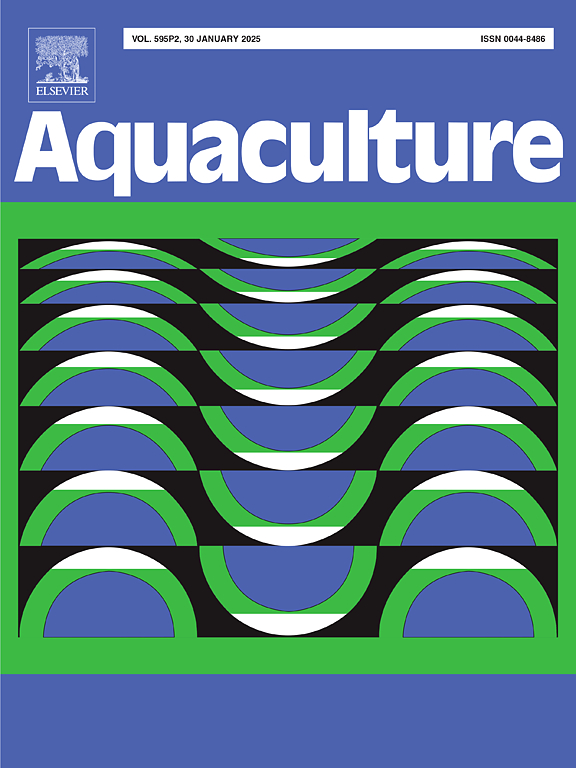Dihydroartemisinin inhibits Micropterus salmoides rhabdovirus infection in vitro and in vivo
IF 3.9
1区 农林科学
Q1 FISHERIES
引用次数: 0
Abstract
Micropterus salmoides rhabdovirus (MSRV) poses a significant threat to largemouth bass farming. Currently, there are no licensed vaccines or antiviral drugs available to prevent MSRV infection. Dihydroartemisinin (DHA), an active metabolite of artemisinin, possesses widespread pharmacological activities, such as anti-tumor, anti-malaria, and anti-virus functions. The study aimed to investigate the effect of DHA on MSRV replication and its underlying mechanism. Cell viability assay and drug treatment showed that DHA significantly inhibited MSRV replication at a concentration as low as 2 μM. Furthermore, the inhibitory effect of DHA increased in a concentration-dependent manner within the range of 2–40 μM without obvious cytotoxicity. The disinfection test indicated DHA did not directly inactivate MSRV virus. The pretreatment assay indicated that treating EPC cells with DHA before MSRV infection did not inhibit MSRV replication, suggesting the antiviral function of DHA might not target MSRV receptor or not induce host cells to produce antiviral factors. Time of addition assays suggested that DHA functioned throughout the entire life cycle of MSRV, particularly in the early stage. Mechanistically, DHA inhibited MSRV internalization, genomic transcription and replication, assembly, and release, but did not inhibit MSRV attachment. Further studies revealed that DHA did not decrease the mRNA levels of clathrin and dynamin, both of which play crucial roles in MSRV internalization. In vivo experiments showed that DHA significantly improved the survival rate of MSRV-challenged fish by 36.8 %. Altogether, DHA exhibits a strong anti-MSRV function and has promising application prospects in aquaculture.
求助全文
约1分钟内获得全文
求助全文
来源期刊

Aquaculture
农林科学-海洋与淡水生物学
CiteScore
8.60
自引率
17.80%
发文量
1246
审稿时长
56 days
期刊介绍:
Aquaculture is an international journal for the exploration, improvement and management of all freshwater and marine food resources. It publishes novel and innovative research of world-wide interest on farming of aquatic organisms, which includes finfish, mollusks, crustaceans and aquatic plants for human consumption. Research on ornamentals is not a focus of the Journal. Aquaculture only publishes papers with a clear relevance to improving aquaculture practices or a potential application.
 求助内容:
求助内容: 应助结果提醒方式:
应助结果提醒方式:


